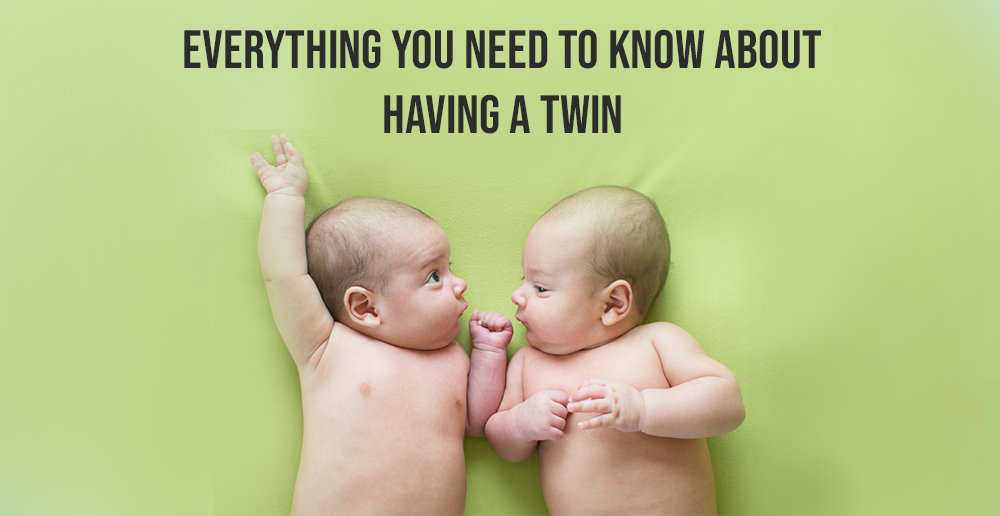I want a ray of hope to prevail in my son’s life, and in all discussions about autism. Here’s why and how I keep hoping for that bright light at the end of the tunnel, even in the darkest times.
Hope may be “the thing with feathers” as Emily Dickinson writes in one of my favorite poems, but I know it’s not always easy to feel optimistic when raising a child with special needs. As a mom to a non-speaking
But I do get it. My son has a lot of behaviors that are dangerous, troubling, and utter scary. I don’t like to write about them in details, because that doesn’t seem fair to him and I’m also trying to preserve some parts of his and our privacy.
It’s not that I’m trying to mute or tame the suffering of other parents; or I haven’t
It’s definitely easier said than done on some days, yet, here’s why I hope:
My son is young; his potential is limitless

John Elder Robinson, writer and father, wrote something on his Psychology Today blog lately that keeps lurking in the back of my head. It’s a great reminder of my son’s potential, and I always return to it on days when my hope needs a little push: “Unfortunately the gift side of autism usually do not show up until the teenage years, and sometimes not before adulthood. That’s how it was for me and many other autistics I know. In my opinion, parents who say their little children “have no gifts” are making a critical premature and dangerous prejudgment.”
Read : All About Baby Crawling : Get, Set and Crawl
Issue behaviors such biting, hitting, self-injury or screaming are often expressions of confusion over the lack of communication, and talking about that confusion will only make life better for everyone.
These types of violent and troubling behaviors do not randomly show up from nowhere. For my son as well as many kids like him, they display actual struggles to communicate. When I changed my attitude towards trying to understand the basis of my son’s frustration and discussing that, instead of just suppressing the problematic behavior, I saw amazing changes that made me filled with hope. Fostering communication is the answer to a wide list of autism’s challenges.
Non-speaking kids and adults that have autism are, at last, finding their voices

My spirits are always lifted when I see non-speaking kids, teens, and adults finding their voices using communication methods such as RPM. Reading blogs like “Emma’s Hope Book” reminds me that these children’s struggle with silence is like my son’s, I see echoes of his future success. And that makes me want to work all the harder to help him find his own voice.
Reading blogs like “Emma’s Hope Book” reminds me that these children’s struggle with silence is like my son’s, I see echoes of his future success. And that makes me want to work all the harder to help him find his own voice.
Autism acceptance is growing day by day and it’s a fresh breeze.
Although it mostly seems like a lot of negativity surrounding autism, acceptance is seriously growing. As people learn more about neuro-diversity, listen to people on the scale, and communities do more by the day to support kids and adults with autism, I feel great hope for my son’s future.
Hoping feels better than sorrow, and I choose happiness as much as I can.
“Hope will take practice” as my friend Lyn Jone says. As if it is all an exercise, so it gets easier the more you do it.
The future is unknown

Kids and adults with autism surprise their parents, friends, and professionals all the time. My son is doing things at
When I
Yet, sometimes, when all those motivations fail me, I recite the first stanza of Emily Dickinson’s poem, like a mantra, until the storm has passed.
“Hope” is a dream with feathers
It touches you in the soul
And sings the melody without the words
And never quits – not at all
Never stop hoping. There is always light beyond the darkness.
Read More :
WOMEN STICK TOGETHER, SHARING IS CARING!








